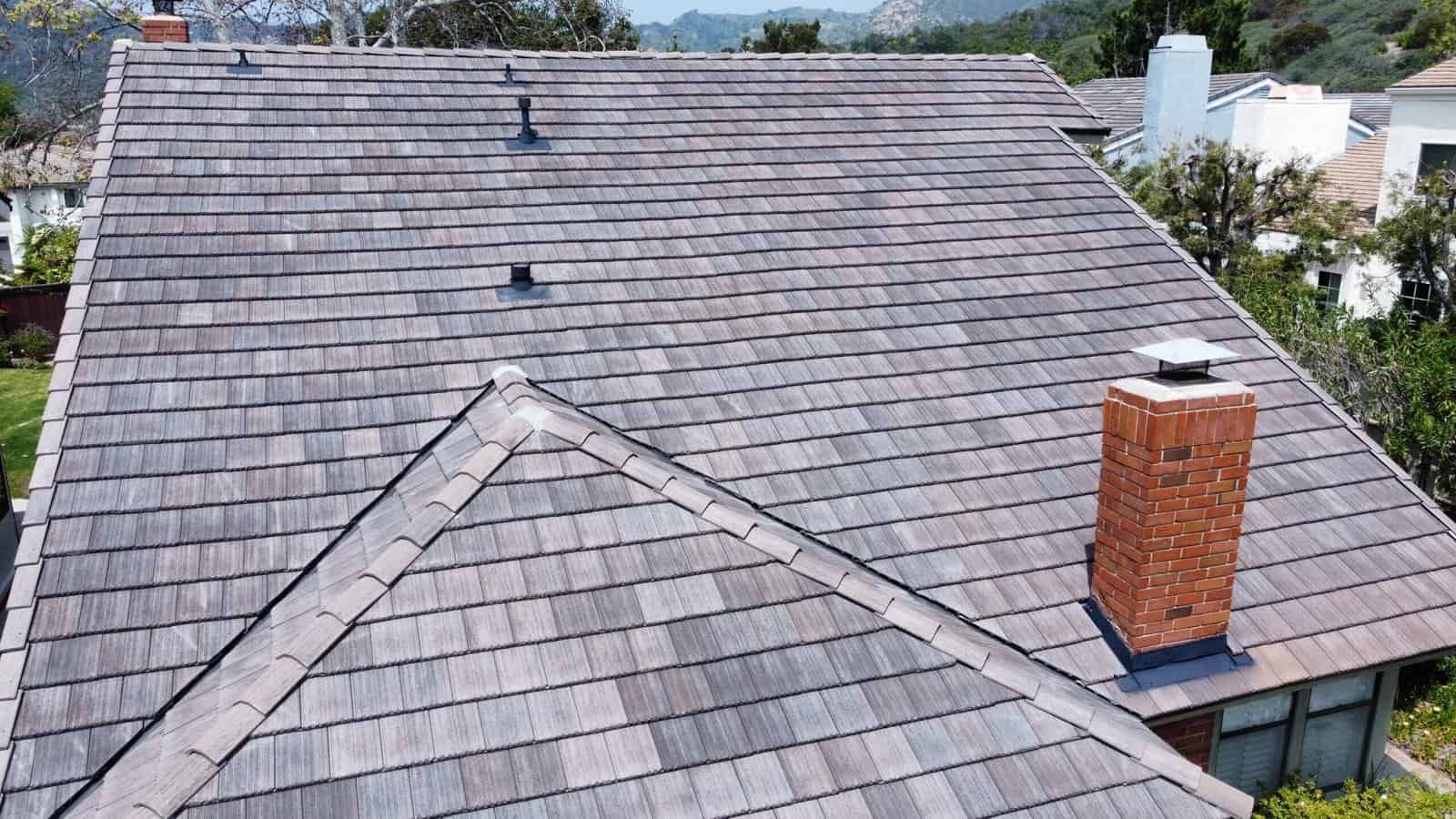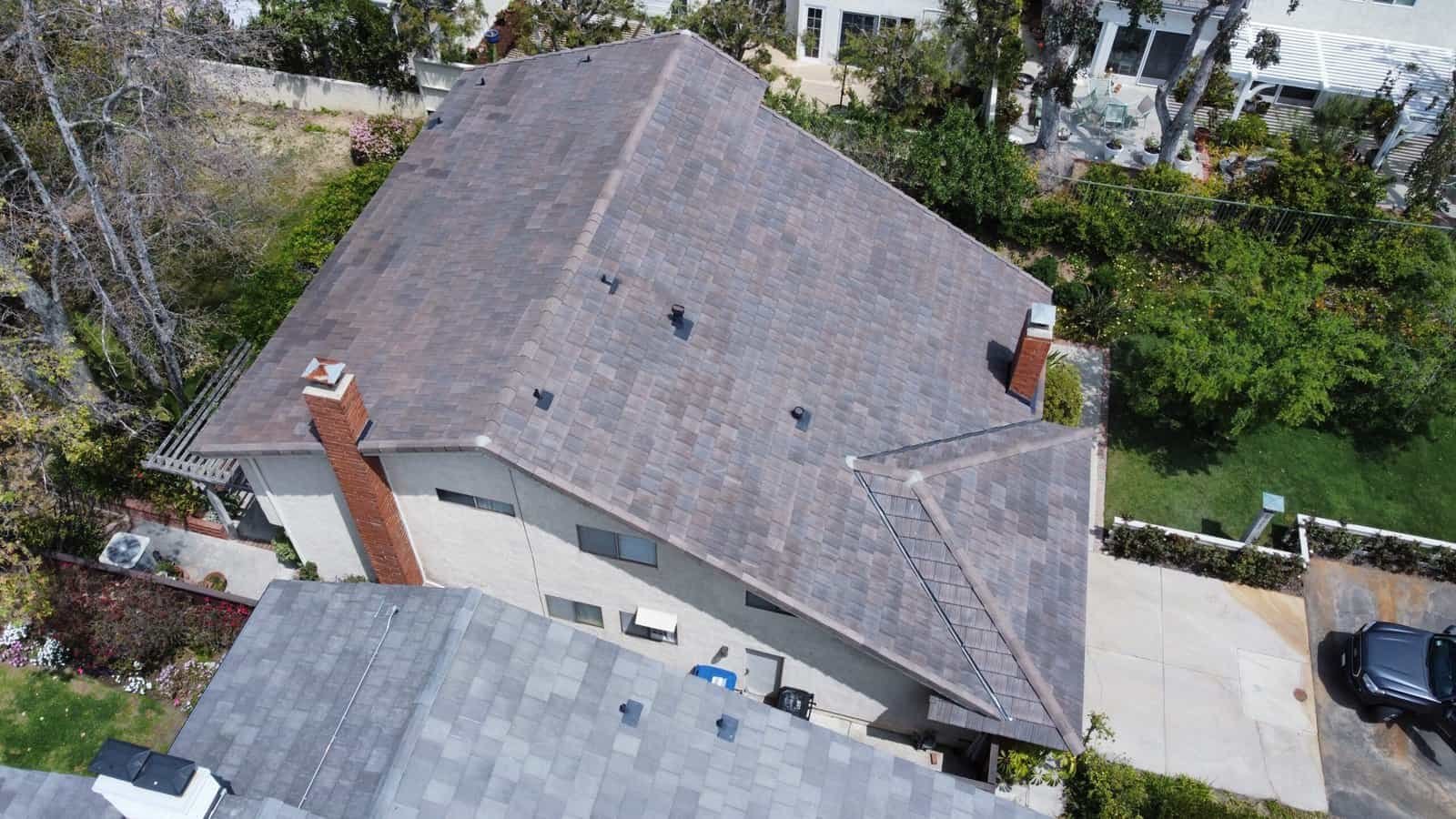There are several different causes of roof leaks around chimneys, including poor flashing on the rooftop and permeable brickwork from spading bricks. Some chimneys may have multiple problems that can lead to leaks. Knowing the possible causes of your chimney’s leakage can enable you to choose chimney repair services more wisely, potentially saving you money.
Table of Contents
ToggleThree Causes of Chimney Leaks
- A flashing problem at the roof’s junction with the chimney is by far the most frequent cause of rooftops surrounding chimneys leaking. A foundation flashing or step blinding is the component or components that connect to the roofing and produce an L-shaped curve up along the side of the chimney. There are two different types of flashings used to roof surrounding a chimney. The counter flashing, the following sort of flashing, is created to conceal the top of the counter flashing and prevent water from entering behind it. The counter flashing, which is often built into the brick wall, is the section that can be seen from the floor or from the roadway.
The chimney blinding can be one of the trickiest and most difficult aspects of roofing work, regardless of if you have a metal rooftop or an asphalt tile rooftop. Sadly for householders, not all roofing contractors are knowledgeable about or have expertise with properly flashing in chimneys. Several contractors will even completely forgo the chimney flashing in favor of the older flashing, which will maintain the roofing system dry. For the owner, this rarely works out well.

Signs of Poor Flashing Near Your Chimney
- Up to a few feet away, the ceiling above the chimney was strained.
- Around the chimney on the rooftop side, brittle or rotting roof covering
- Shingles that are bent or curled next to and underneath the chimney
- Can allow more water to enter a house or property
Chimney crown with cracks
The cement portion that extends around a chimney’s summit and encircles the outlet is referred to as the chimney crown. Veneers are quite good at holding moisture at bay up until the eventual time when they start to chip and break. Water can start to trickle down the chimney vent and into your house when fractures emerge in the chimney cap.
Some chimneys lack crowns. Nonetheless, if your chimney has a cap, it’s a good idea to examine it for fractures and cracks at least once a year.
The optimum time to check if you live in a region with all four seasons is in the spring since water freezes and ice melts in even the smallest gaps over the winter.
Small fractures can sometimes be exterior siding over and repaired, but more severe harm may necessitate having the crown completely replaced by a reputable chimney repair business. The top chimney repair firms employ huge chimney tops or drifting casting crowns to cover the top and chimney.
Missing chimney covers
There ought to be a chimney covering in existence for chimneys without a cement cap. These covers, which are often constructed of steel or aluminum, are put right on top of the chimney vents and are fitted snugly around the venting itself. These covers have venting integrated into the sides to provide adequate airflow (particularly while you’re using your fireplace), but they also stop the rain, other moisture, and insects from falling directly into your chimney.
Sadly, chimney covers can disappear or lose their quality with time. This is particularly typical of older metal coverings that can tarnish and deteriorate. The great news is that when carried out by a reliable chimney repair firm, repairing a missing cover is reasonably easy and affordable.
A Roof Leak Around a Chimney: How to Fix It
If water is coming through your rooftop, you need to take fast action. If you notice water leaking close to your chimney, holes in the chimney flashing may be the cause. An easy DIY remedy can be the answer if you’re experienced working on roofs. Learn how to remedy a roof leak around a chimney by following the instructions below. Inspect the chimney flashing.
Set up the extension ladder in a secure location, then ascend to the roof.
Examine the flashing on the chimney. Remove any debris or leaves that could obscure your view. To find any openings that are allowing water to enter, carefully inspect all edges.
Using a scalpel and bristle brush, remove any loose or damaged sealant.
Around the whole perimeter of the flashing, apply new flashing sealant. Create a 1/4-inch bead of sealer by cutting a hole in the tube end with the utility knife.
Apply sealant behind any loose flashing edges if present.
Apply extra brick bolts to the flashing using the hammer drill to tighten any loose flashing.
Apply sealant to uncovered screw heads.
Test the repair when the sealant has dried by running water around the chimney with a garden hose for five minutes.
If the leak still occurs, check for any potential holes that you may have overlooked and add more sealant.

Professionals to Assist with Repairing Chimney Leaks
Above all else, it’s imperative to get expert assistance whenever there is a problem with your chimney.
To maintain your chimney in working order, Golden Coast Roofing offers the experience, knowledge, and chimney repair solutions you need.
The majority of people only call a chimney sweep when there is a problem, but you should also call for basic maintenance and periodic inspections. Call us right away if you have any queries or worries.

Questions & Answers
What goes around a chimney to prevent leaks
This metal is referred to as roof flashing. Your chimney and other parts of your roof are kept dry by roof flashing. Water flowing down your rooftop makes sure the area where the chimney enters the rooftop is waterproof and protected."
Can I put flex seal around my chimney?
Does rain ever fall down chimneys?
When water enters a chimney, what happens?
